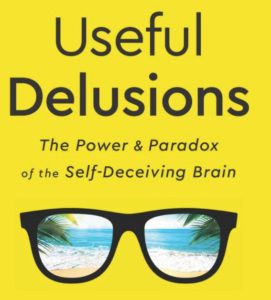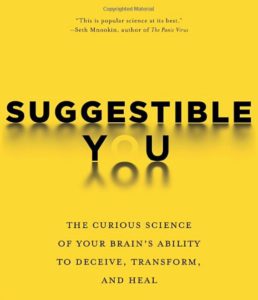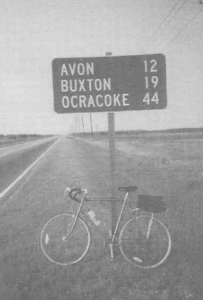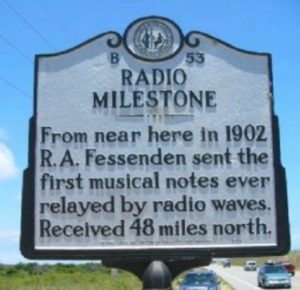I have just spent the last days at my mom’s bedside, in meetings with physicians, having discussions with hospice nurses, and in dialog with my brother and sister. Mom has been on a downhill slide for seven or eight years . . . probably Alzheimer’s.
“I don’t like what is happening to me.”
Her’s was a very normal course of the disease. At first she lost things. She asked the same question every five minutes. She made scores of contributions to bogus “charity” organizations—something she had never done before. She voluntarily, although reluctantly, gave up driving. As these incidents started to repeat themselves, more than once, mom said, “I don’t like what is happening to me.”
Then she had to stop volunteering at the Moffitt Cancer Center . . . a job she loved for 22 years. There were trips to the hospital. During recovery from one such trip she said, “I think it is time to move into the assisted living.” My siblings and I jumped all over that and made the move in a few days.
She got her strength back and took to walking again. Most of the time it was quite harmless. But she did end up at nearby shopping mall once. Worried for her safety we agreed mom needed an alarm device attached to her ankle to keep her from wondering out of the building. If she approached the door an alarm would sound. Very embarrassing for her. She told the assisted living staff after several of the attempted escapes, “I wish I had a gun. I would kill myself.”
Of course, psych evaluations followed each of these outbursts and upon examination mom could not even remember saying such a thing or the embarrassing alarm that led to her despair. She got more depressed. Drank more wine. Lost interest in activities.
After she fell and broke her pelvis in the spring she entered hospice care.
So we moved her to be closer to my sister in Boulder, Colorado. We found a great dementia care center where she has lived the last fifteen months. The wanderings ceased to be a problem partly because of the layout of the building and partly because her mobility became so limited. The ruthless disease led to a general decline in her health. After she fell and broke her pelvis in the spring she entered hospice care.
So typical, in my experience, she actually improved after hospice got involved. The dementia moved forward but there was some upturn in her general health. Then it happened as I had expected. She fell and broke her hip. We refused a trip to the emergency room. They brought in a portable x-ray and confirmed the diagnosis. What to do next?
Thousands of elderly folks fall, break a hip, have hip surgery, go through rehab, and walk again. My sister found a story on the internet about a 105-year-old woman who successfully went through this course of treatment and fully recovered. Mom was only 92.
But mom did not have the mental capacity to rehab even if she could survive surgery. Oh . . . and she wasn’t walking unassisted BEFORE the fall. Why the hospital, the surgery, possible infection? For what end? Half of advance dementia patients who receive such surgery are dead in six months or less. My years as a nursing home chaplain taught me anecdotally that a hip fracture was the beginning of the end for most nursing home residents. My suspicions have since been confirmed with the research.
“How did your mother feel about her dementia?”
So my sister and I sat with a very competent, no nonsense, physician, Dr. Rogers, to plan out the course of treatment four days after the fracture. He started the conversation with a question. “How did your mother feel about her dementia?” My sister told me later she did not get the point of the question. I was thinking, “This guy is good.” He wanted to know mom’s opinion of her condition before the fall. We told him about “I don’t like what is happening to me,” and “I wish I could kill myself.”
He said, “Okay. Here is what we are going to do.” He looked at the very long med list and said, “We are going to stop all these medications except the morphine and add a drug for anxiety. We will offer her fluids but not force anything on her. Comfort is our goal.” He took mom’s desire to be free from a life with a mind that had been lost as an advance directive for comfort care only. We had no wish to hasten death or cause it. We were just letting things be.
Why would we think the patient would want to be saved from death?
If a patient is not happy with their life before a crisis, why would we think they would want to be saved from death? Death will happen to all of us. And when we are burdened with years of disability, disease, and dementia, why oh why would we want to put off the death we welcome? I can’t tell you the number of patients, in the same situation as my mother, who are rushed to the hospital and their lives are saved for months or years of ever worsening conditions.
The doctor hesitated and referred to me as the “chaplain of death.”
I had a patient once at the nursing home whose dementia had advanced to the point where he did not know his wife, wandered the halls, and urinated in the corners. He had a long and proud career in the FBI and was now reduced to living most people’s worst nightmare. I suggested to his wife that she speak with the physician about a “No CPR” order. She reported back to me that when she requested the order, the doctor hesitated and referred to me as the “chaplain of death.”
I was shocked. Here I had done the hard work for him in addressing the emotional and spiritual issues and sent a caregiver to him requesting what, in my view, was a most appropriate order. If this patient could see himself and have a right mind, I am certain, and so was his wife, that he would welcome death. His heart stopping was the only way to be free from the dementia ravaging his mind.
God bless the Dr. Rogerses in this world who start with trying to establish how the patient feels about their condition. If the patient would see death as a welcome release then the treatment plan that allows a natural, timely death to occur would only make sense.
Mom died peacefully eleven days after the hip fracture.
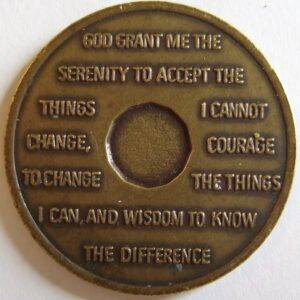


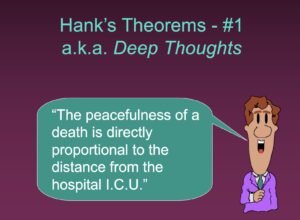 About that same time, I started traveling around the country making presentations to healthcare professionals. My most popular talk, “Helping Patients and Families with End-of-Life Decisions,” includes a series of slides with “Hank’s Theorems” on various end-of-life issues. The first slide says, “The peacefulness of a death is directly proportional to the distance from the hospital ICU.”
About that same time, I started traveling around the country making presentations to healthcare professionals. My most popular talk, “Helping Patients and Families with End-of-Life Decisions,” includes a series of slides with “Hank’s Theorems” on various end-of-life issues. The first slide says, “The peacefulness of a death is directly proportional to the distance from the hospital ICU.”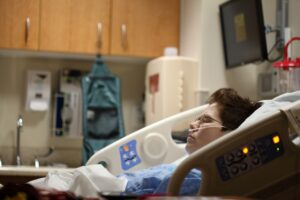

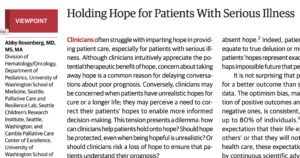 The Journal of the American Medical Association recently published an opinion piece,
The Journal of the American Medical Association recently published an opinion piece, 
